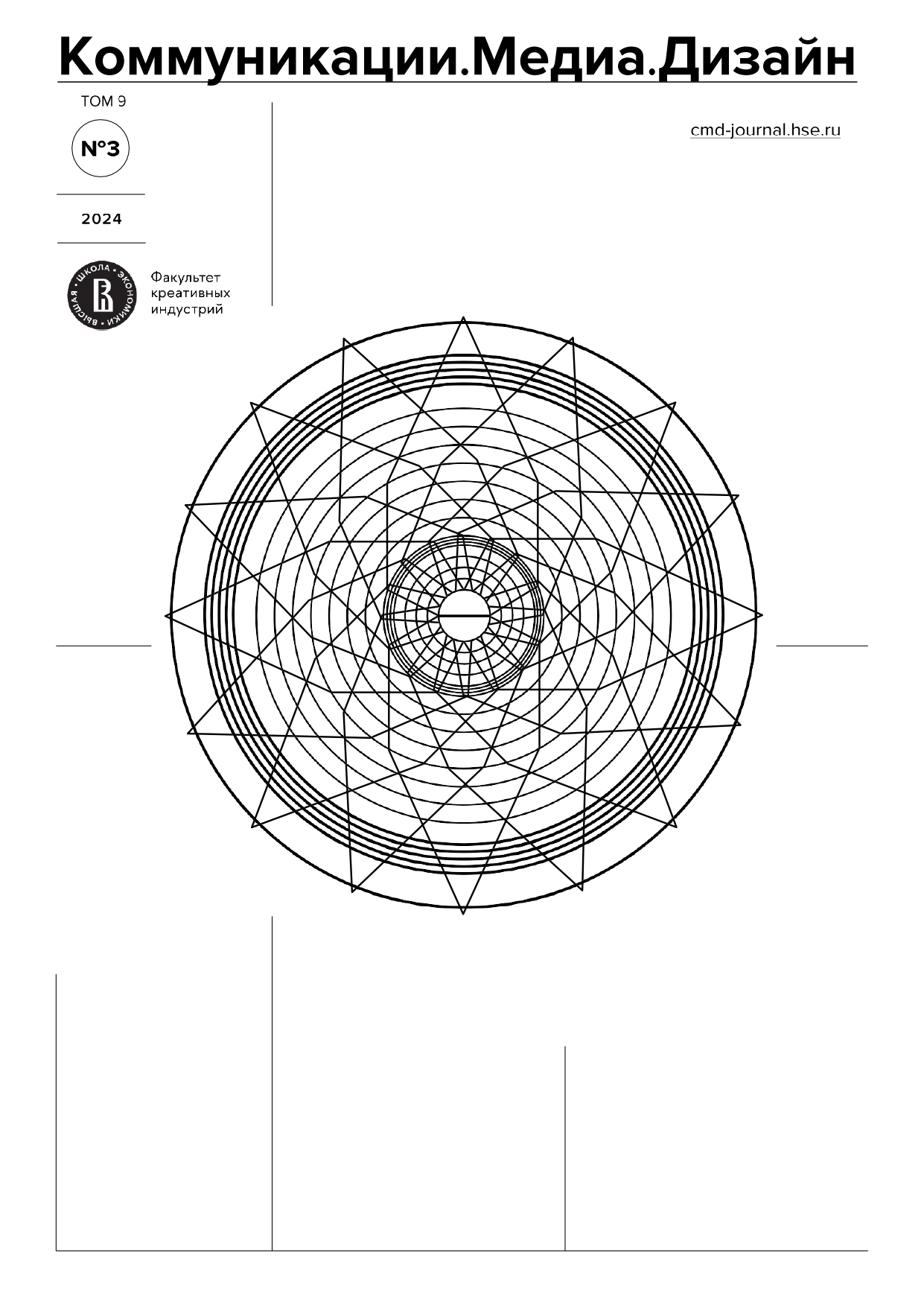Ether Machines: Raoul Hausman's Optophonetic Media
Abstract
In one of the last texts that the Berlin Dadaist Raoul Hausmann published before he left Germany in 1933, ‘Trommelfeuer der Wissenschaft’/Drumfire of Science’, he strongly rejected Albert Einstein’s theory of relativity and promoted the cosmological model of the Austrian engineer Hanns Hörbiger who, in his Glacial Cosmogony, explained cosmic processes based on an interaction of ice and fire in the universe.1 Hausmann’s polemic shows that the artistic avant-garde of the Weimar period was not always in tandem with the scientific avant-garde of the time. In fact, Hausmann’s main aesthetic project, which he called Optophonetics, also stood in stark contrast to Einstein’s revolutionary insights, because it was connected to a theory of the ether. In the nineteenth century, ether was assumed as the medium in which light and electromagnetic waves would propagate — a hypothesis that was rejected by the theory of relativity. However, the ether and its connection to electromagnetic fields, X-rays, and notions of multidimensional spaces fuelled the imagination of many modernist artists. Linda Henderson showed that painters such as Boccioni, Kupka and Kandinsky were inspired by the ether as a phenomenon that stood at the intersection of scientific and occult understandings of mediality. For these artists, aesthetic expression had the task to display the ethereal, electromagnetic, and multidimensional structure of the world that was not yet accessible to human perception.
Downloads
References
Biro, M. (2009). The Dada Cyborg. Visions of the New Human in Weimar Berlin. Minnesota University Press.
Biro, M. (2007). Raoul Hausmann’s Revolutionary Media: Dada Performance, Photomomtage and the Cybor // Art History 30(1), 26–56.
Borck, C. (2005). Sound Work and Visionary Prosthetics: Artistic Experiments in Raoul Hausmann, Papers of Surrealism 4, 1–25.
Blom, I. (2001) The Touch through Time. Raoul Hausmann, Nam June Paik and the Transmission Technology of the Avant-Garde // Leonardo 34(3), 209–15.
Donguy, J. (2001). Machine Head: Raoul Hausmann and the Optophone // Leonardo 34(3), 217–20.
Elder, B. R. (2008). Harmony and Dissent: Film and Avant-Garde Art Movements in the Early Twentieth Century. Waterloo. ON: Wilfried Laurier University Press.
Engl, J. (1927). Der tönende Film. Das Triergon-Verfahren und seine Anwendungsmöglichkeiten. Braunschweig: Vieweg .
Erlhoff, M. (1982). Raoul Hausmann, Dadasoph. Versuch einer Politisierung der Ästhetik. Hannover: Zweitschrift.
Fürst, A. (1922) Im Bannkreis von Nauen. Die Eroberung der Erde durch die drahtlose Telegraphie. Stuttgart and Berlin: Deutsche Verlagsanstalt.
Hausmann, R. (1998). Scharfrichter der bürgerlichen Seele. Raoul Hausmann in Berlin 1900–1933, edited by Eva Züchner. Berlin. Hatje.
Hausmann, R. (1982). Texte bis 1933, edited by Michael Erlhoff, 2 vols. Munich: Edition Text +Kritik.
Henderson, L. D. (2002). Vibratory Modernism: Boccioni, Kupka, and the Ether of Space, in: From Energy to Information, edited by Bruce Clarke and Linda Dalrymple Henderson. Stanford: Stanford University Press, pp. 126–49.
Hübner, C. (2003). Raoul Hausmann. Grenzgänger zwischen den Künsten. Bielfeld: Aisthesis.
Koelsch, K. (1922). Das spierelige Wesen der Wellen in Anwendung auf Licht und Farben. Hannover: Helwig.
Lista, M. (2005). Raoul Hausmann’s Optophone: «Universal Language» and the Intermedia, In: The Dada Seminars, edited by Leah Dickerman and Matthew S. Witovsky (Washington, DC: National Gallery, pp. 83–101.
Marcus, E. (1981). Ausgewählte Schriften, edited by Gottfried Marin and Gerd Hergenlübe, 2 vols. Bonn: Sonderdruck.
Marcus, E. (1918). Das Problem der excentrischen Empfindung und seine Lösung (Berlin: Sturmverlag.
McLuhan, M. (1999). Understanding Media. Cambridge, MA: MIT Press,
Moholy-Nagy, L. (2003). Painting, Photography, Film. MIT Press, Müller, Corinna, Vom Stummfilm zum Tonfilm. Dilhelm Fink Verlag,
Mumford, L. (1963). Technics and Civilization. San Diego. New York and London: Harcourt Brace.
Niebisch, A. (2006). Polemik des Wissens. Raoul Hausmann liest Albert Einstein, in: Wissen. Erzählen: Narrative der Humanwissenschaft. Bielefeld: Transcript Verlag, pp. 197–206.
Riege, S. (2003). Kybernetische Anthropologie (Frankfurt am Main: Suhrkamp Verlag, Ruhmer. E. (1902) Das Selen und seine Bedeutung für die Elektrotechnik mit besonderer Berücksichtigung der drahtlosen Telephonie. Berlin: F. und M. Harrwitz.

